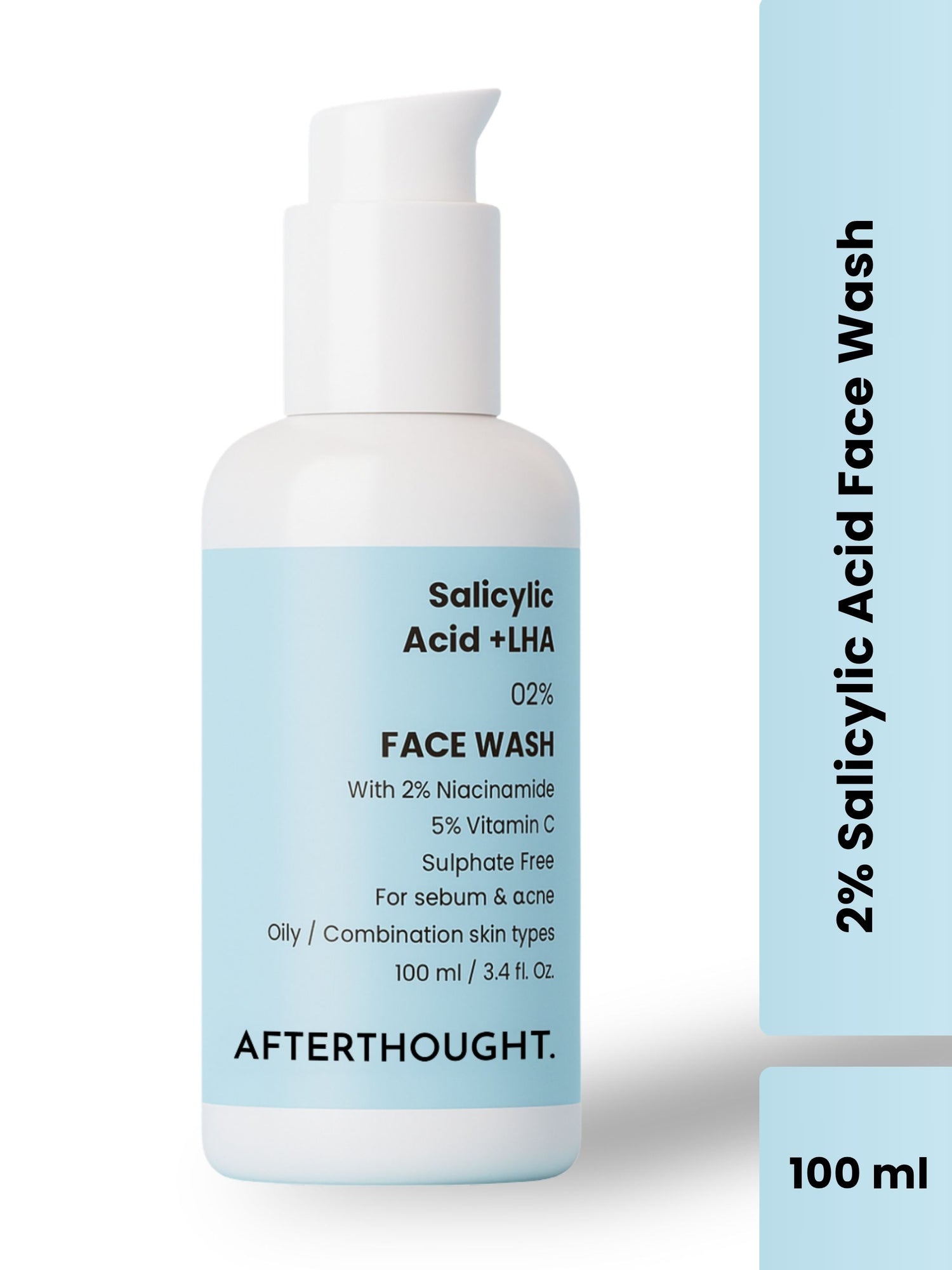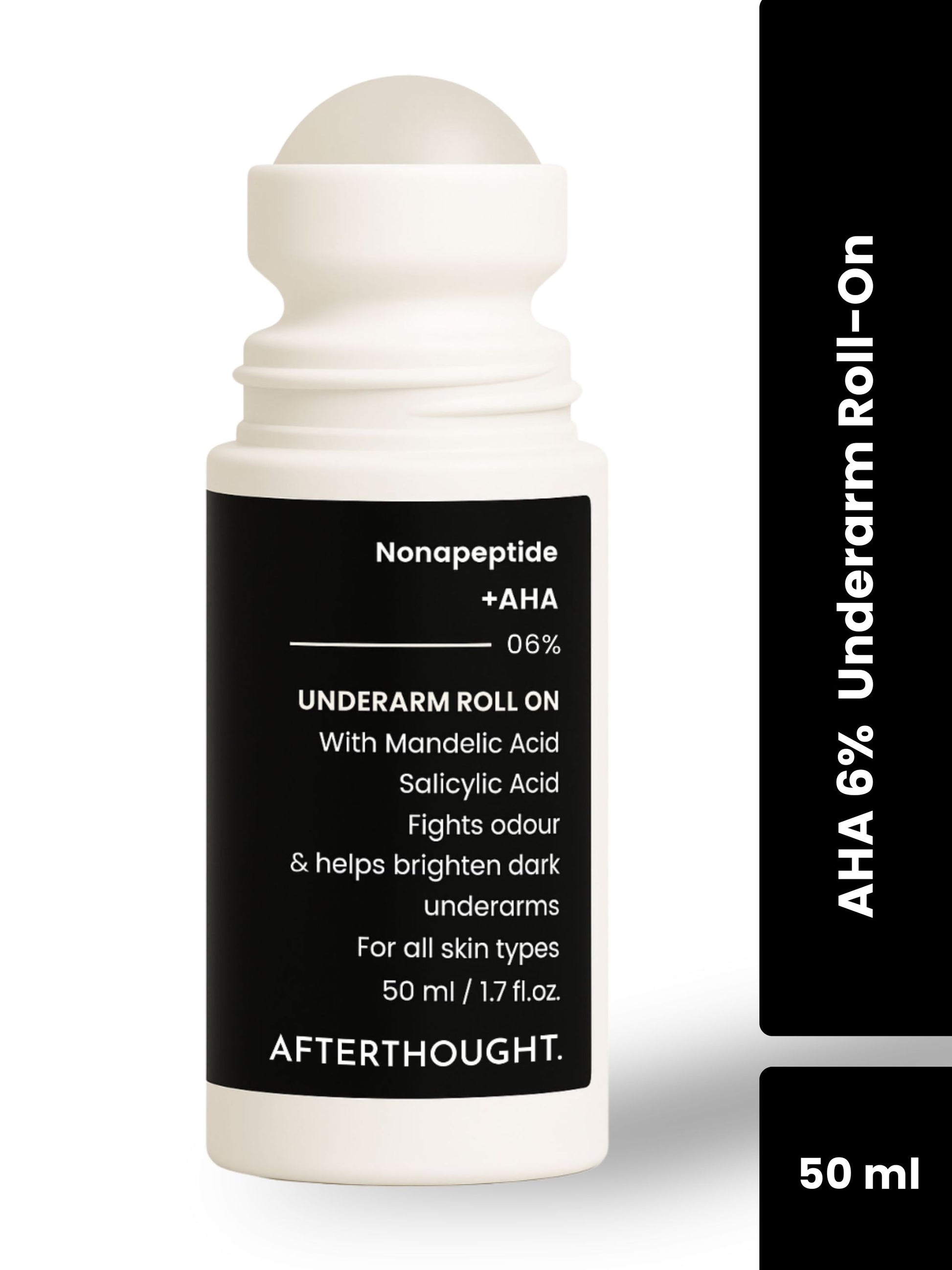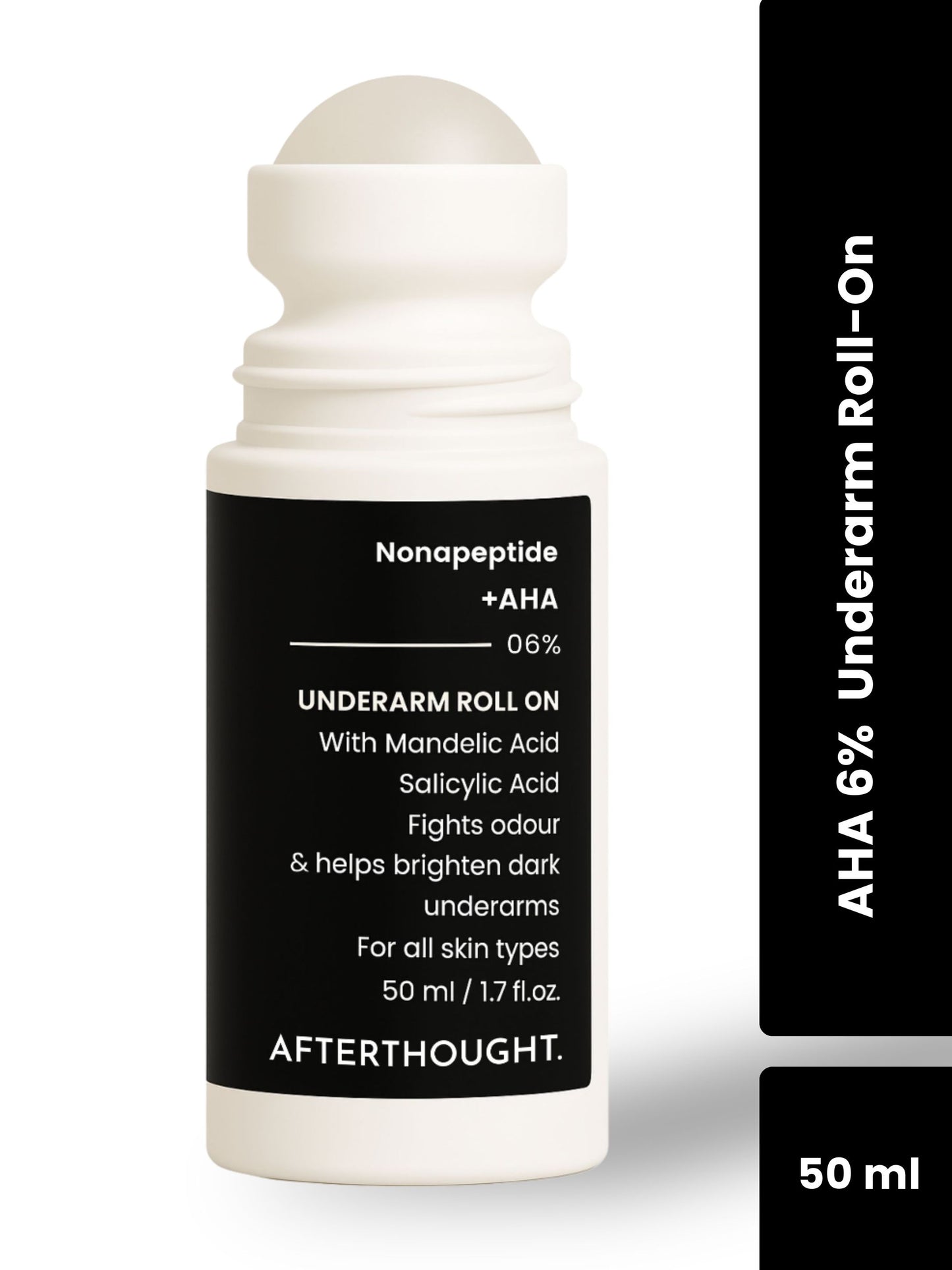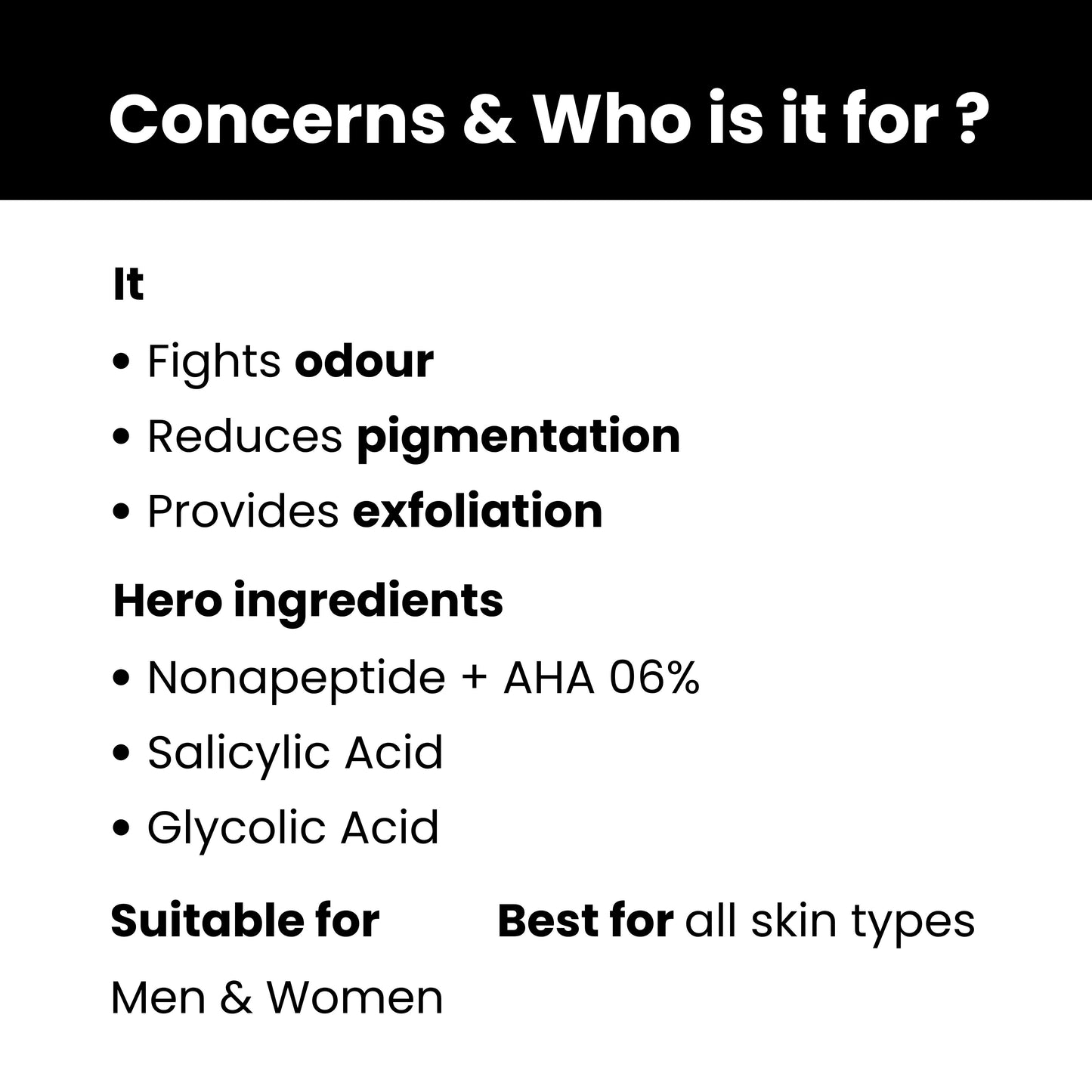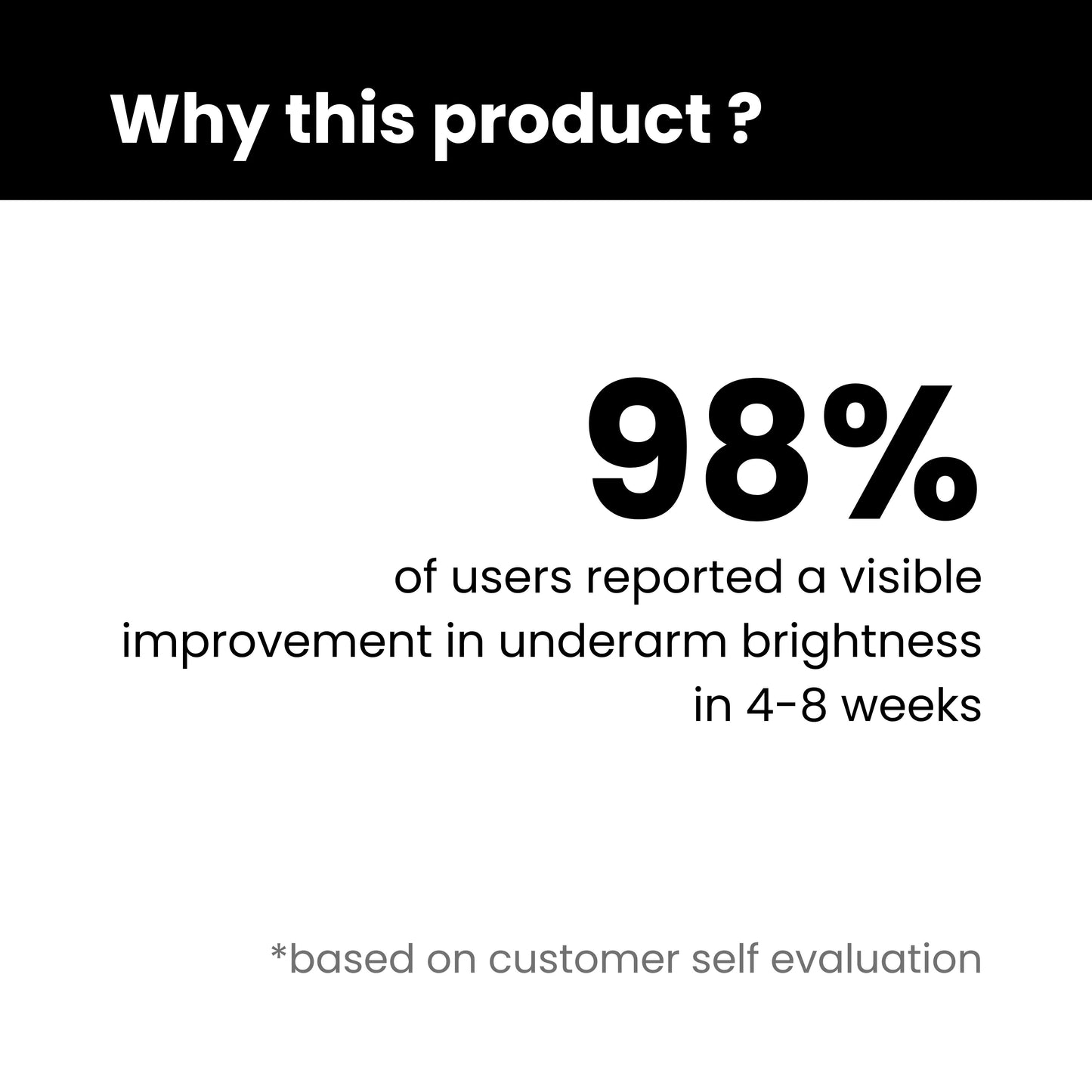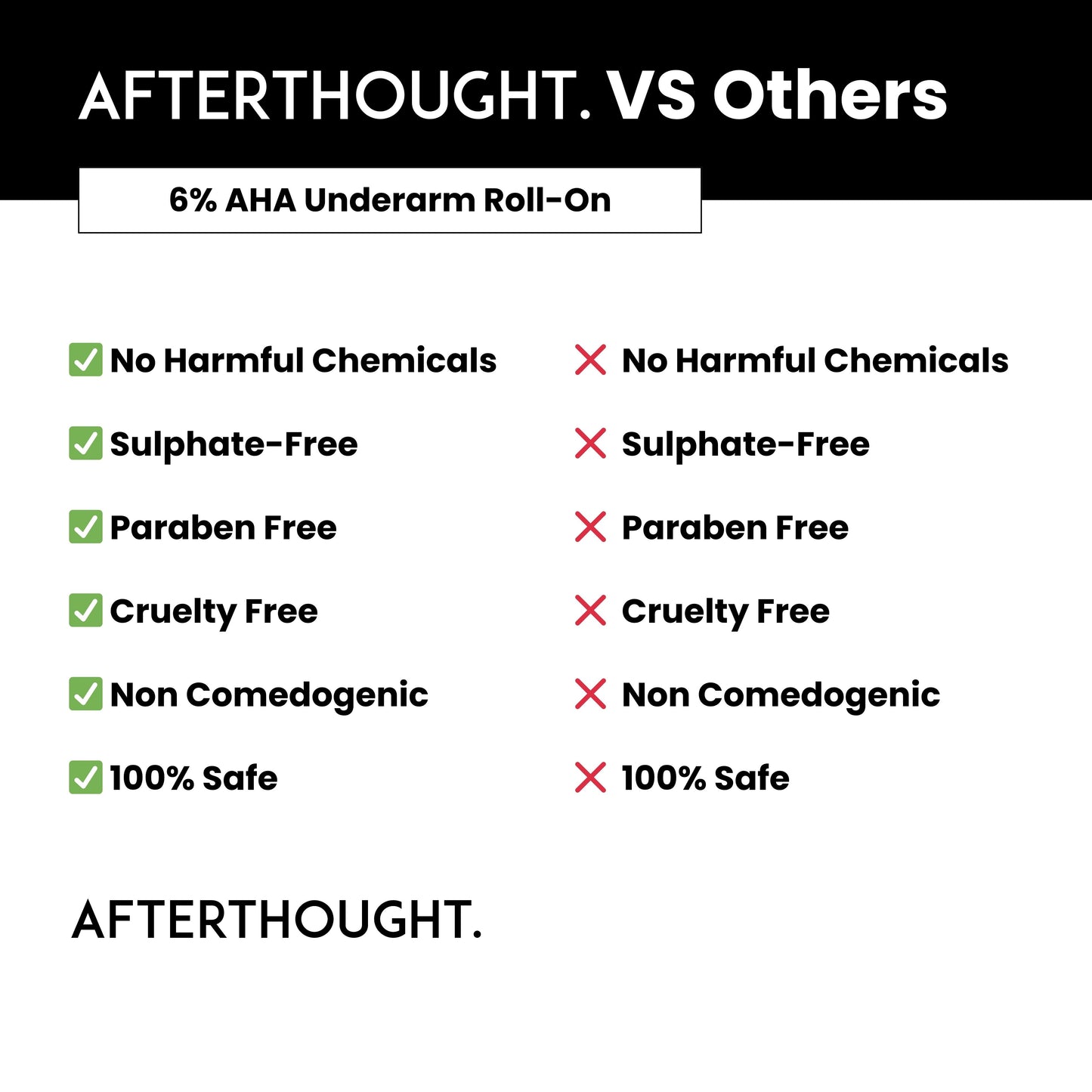How To Control Underarm Sweat?
Excessive sweating, particularly from the underarms, can be a source of embarrassment and discomfort. While sweating is a natural process that helps regulate body temperature, excessive sweating can be bothersome.
If you're struggling with underarm sweat, here's a comprehensive guide to help you manage and reduce it effectively. Welcome to Afterthought.
Understanding Underarm Sweat
Before diving into solutions, it’s essential to understand why sweating occurs. The underarms have a high concentration of sweat glands known as apocrine glands, which become active during puberty.
These glands are responsible for producing a type of sweat that can lead to body odor when it interacts with bacteria on the skin. Stress, hormonal changes, and certain medical conditions can also exacerbate sweating.
Effective Strategies to Control Underarm Sweat
Choose the Right Antiperspirant
Antiperspirants are designed to reduce sweating by blocking sweat glands. Look for products containing aluminum compounds, which can temporarily block sweat pores. Apply antiperspirant before bed to allow it to work overnight, reducing sweat production throughout the day. Avoid using deodorants alone, as they only mask odor without affecting sweat production.
Maintain Proper Hygiene
Regular washing helps remove sweat and bacteria, reducing odor. Use antibacterial soaps to help minimize the presence of odor-causing bacteria. Ensure your underarms are completely dry before applying antiperspirant to enhance its effectiveness.
Wear Breathable Fabrics
Fabrics that allow air to circulate, such as cotton and moisture-wicking materials, can help keep your underarms dry. Avoid synthetic fabrics that trap heat and moisture, as they can worsen sweating and increase odor.
Manage Stress
Stress and anxiety can trigger excessive sweating. Practice stress-reducing techniques such as meditation, deep breathing exercises, or yoga to help manage your stress levels and potentially reduce sweating.
Stay Hydrated
Drinking plenty of water helps regulate your body temperature and can reduce the likelihood of excessive sweating. Aim to drink at least eight glasses of water a day to stay hydrated and support overall bodily functions.
Consider Dietary Changes
Certain foods and drinks can trigger sweating. Spicy foods, caffeine, and alcohol can increase sweat production. Reducing your intake of these triggers may help manage underarm sweat.
Opt for Clinical Treatments
For those with severe sweating, clinical treatments might be necessary. Options include:
- Prescription Antiperspirants: Stronger formulations available by prescription can offer more effective sweat control.
- Botox Injections: Botulinum toxin injections can temporarily block the nerves responsible for sweat production, providing relief for several months.
- Iontophoresis: This treatment uses a device to pass a mild electrical current through the skin, reducing sweat production.
- Microwave Therapy: This procedure destroys sweat glands using microwave energy, reducing sweat production in the treated area.
Explore Natural Remedies
Some people find relief from natural remedies such as:
- Apple Cider Vinegar: Its astringent properties may help reduce sweat by closing sweat pores. Apply it to the underarms before bed and rinse off in the morning.
- Baking Soda: A natural absorbent, baking soda can help absorb sweat and reduce odor. Mix it with water to form a paste and apply it to the underarms.
- Witch Hazel: This natural astringent can help tighten the skin and reduce sweat production.
Consult a Healthcare Professional
If excessive sweating persists despite trying various methods, it might be beneficial to consult a healthcare professional. They can help determine if an underlying medical condition, such as hyperhidrosis, might be contributing to your symptoms and recommend appropriate treatments.
Prevention Tips
- Avoid Tight Clothing: Wearing loose-fitting clothes allows better air circulation, helping to keep the underarms dry.
- Change Clothes Regularly: Changing sweaty clothes promptly can prevent sweat from accumulating and reduce odor.
- Keep a Sweat Diary: Tracking when and where sweating occurs can help identify triggers and manage them more effectively.
Conclusion
Controlling underarm sweat involves a combination of personal care practices, lifestyle adjustments, and, in some cases, medical interventions.
By understanding the causes and exploring various strategies, you can find effective solutions to manage underarm sweat and enhance your comfort and confidence.
If you continue to experience issues despite trying these methods, seeking professional medical advice can provide additional support and treatment options.
Also Read: Why Do Your Underarms Sweat So Much?
